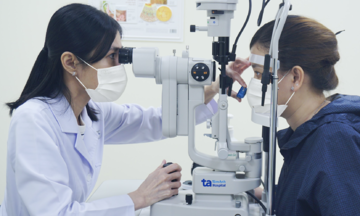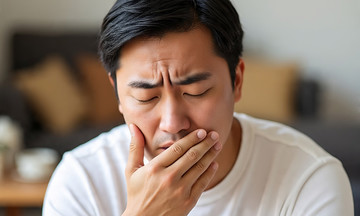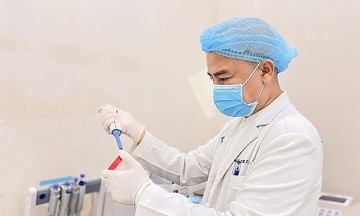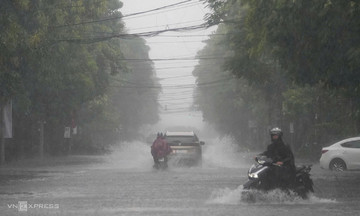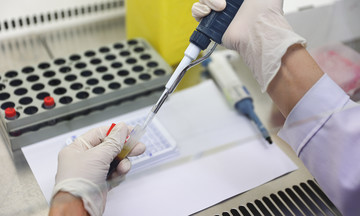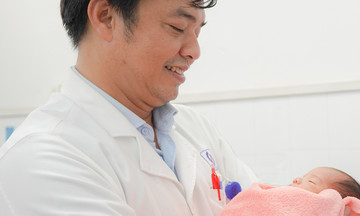"High consumption and profit margins make cosmetics a target for counterfeiting, while many consumers remain unaware of the dangers from unregulated, unlicensed, and untraceable products," said Ta Manh Hung, Deputy Director of the Drug Administration of Vietnam, at a cosmetics quality management seminar organized by Tien Phong Newspaper on 25/8.
In recent years, Vietnam's cosmetics industry has grown rapidly. The market reached approximately 2.4 billion USD in 2024, with an average growth rate of 10-15% annually. The market is mainly concentrated in major cities but is gradually expanding to rural areas, plains, and mountains.
According to the Drug Administration of Vietnam, this growth has spurred activity in sectors like retail, manufacturing, advertising, and logistics, creating jobs for hundreds of thousands of workers from production and marketing to beauty care and cosmetics. However, the supply still relies heavily on imports, with domestic production limited to simple processing. The increasing prevalence of homemade cosmetics further complicates quality control efforts.
Many small businesses haven't adhered to good manufacturing practices for cosmetics or met regulations for product announcements, advertising, and labeling. Authorities in several localities have recently uncovered and handled cases of counterfeit high-end cosmetics. During the peak period of combating smuggling, commercial fraud, counterfeit goods, and intellectual property infringement (15/5-15/6/2025), several such operations were disrupted.
Cosmetics of unknown origin pose health risks, yet many consumers purchase them due to their low prices. "This mindset inadvertently contributes to the proliferation of counterfeit cosmetics," Hung said.
 |
Ta Manh Hung, Deputy Director of the Drug Administration of Vietnam, at the seminar on 25/8. Photo: Tien Phong Newspaper |
Ta Manh Hung, Deputy Director of the Drug Administration of Vietnam, at the seminar on 25/8. Photo: Tien Phong Newspaper
The booming cosmetics market has fueled the online shopping trend. Le Thi Ha, Head of the E-commerce Management Department at the Vietnam E-commerce and Digital Economy Agency (Ministry of Industry and Trade), stated that e-commerce is becoming an increasingly popular shopping method, with cosmetics leading in revenue and transaction frequency.
However, this also presents risks, including counterfeit goods, false advertising, and the misuse of livestreams to sell low-quality products. One reason is that the responsibility for verification rests mainly with the sellers, while e-commerce platforms lack data integration with management agencies, making it easier for counterfeit goods to slip through.
Current regulations focus on manufacturing, overlooking online cosmetics sales. This loophole allows sellers to modify product announcements, legitimizing counterfeit goods, while penalties haven't kept pace with new models like livestreaming, affiliate marketing, or cross-border sales. Furthermore, cosmetics management data is fragmented, lacking interoperability between agencies, while sales via social media and across borders are increasingly common but lack effective control mechanisms.
According to Ha, management agencies are improving the legal framework, tightening seller and platform owner responsibilities, applying traceability technology, building a synchronized database, and amending the Law on E-commerce to focus on identity verification and increased penalties.
Nguyen Tan Phong, Director of the Legal Consulting Center at the Vietnam E-Commerce Association (VECOM), believes post-inspection is the "last line of defense" for consumers, but it has shortcomings: businesses withdrawing product announcements abnormally, a lack of manpower, and insufficient penalties. He proposes amending the law, increasing fines, applying traceability, and inter-agency coordination for better control.
This situation has significantly impacted public health. In 2024, over 80,000 people visited the Ho Chi Minh City Dermatology Hospital, with allergic contact dermatitis—largely due to low-quality cosmetics—ranking third among common skin diseases. Hospitalizations due to complications from cosmetics of unknown origin are increasing in both number and severity.
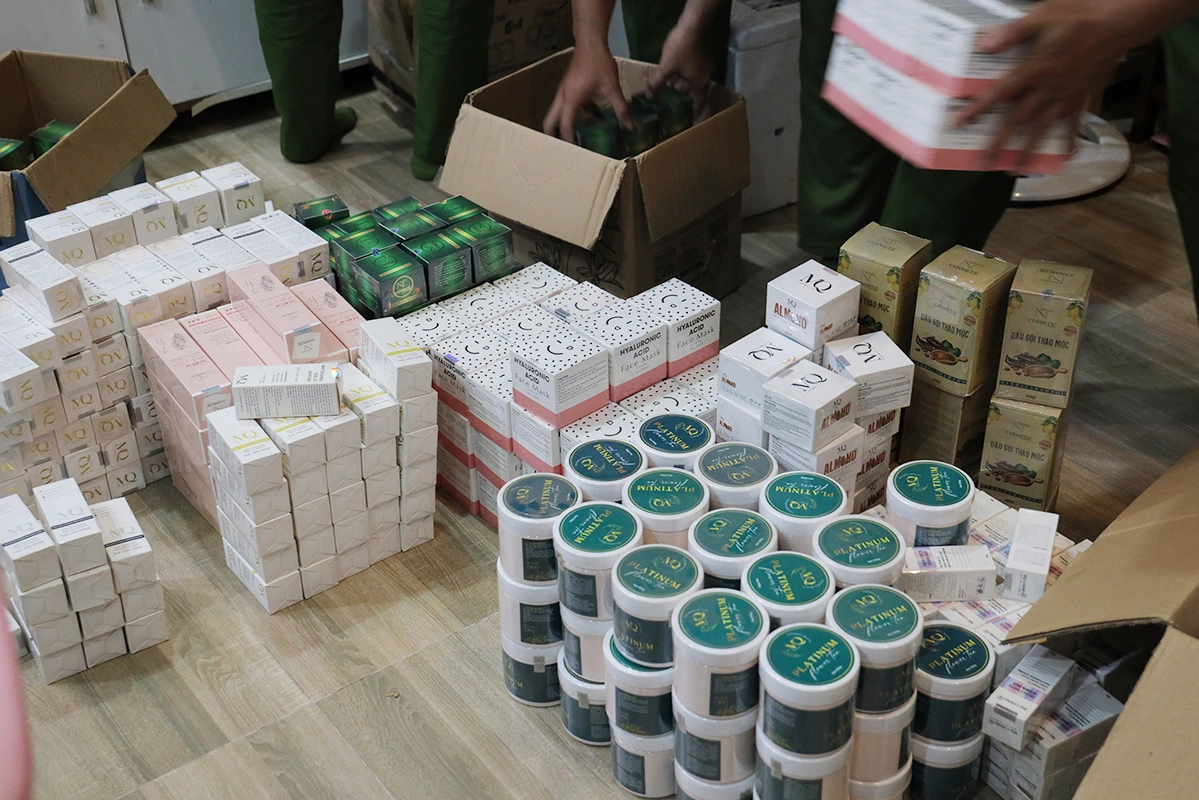 |
Adulterated cosmetics, chemical cosmetics of unknown origin, alum, and solvents sold online and on e-commerce platforms, were seized by Tay Ninh Provincial Police in June. Photo: Hong Tuyet |
Adulterated cosmetics, chemical cosmetics of unknown origin, alum, and solvents sold online and on e-commerce platforms, were seized by Tay Ninh Provincial Police in June. Photo: Hong Tuyet
Ta Manh Hung, Deputy Director of the Drug Administration of Vietnam, said future management will focus on strengthening post-inspection, tightening penalties, and building a traceability database. It will also support businesses in research and development, technology investment, brand building, and expanding Vietnamese cosmetics exports. Simultaneously, they will raise consumer awareness through communication, guidance on checking product information, and strengthen coordination between domestic agencies and learn from international experience.
The Ministry of Health is drafting a decree on cosmetics management, based on the ASEAN Cosmetics Directive and drawing on experience from other countries. This decree will reform and simplify administrative procedures, creating a transparent legal framework for businesses while ensuring strict control mechanisms. The draft will be finalized and submitted to the government in September.
Le Phuong





